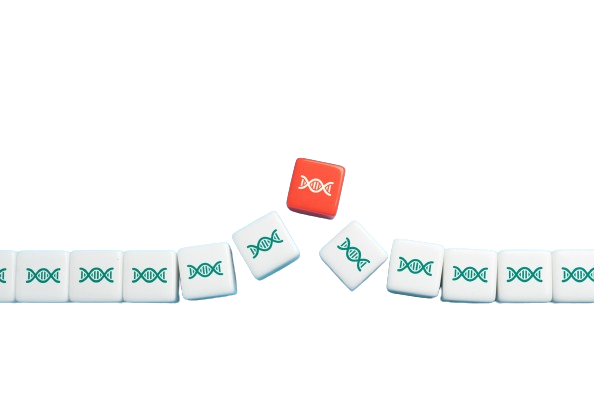As part of our ESG (Environment, Social, and Governance) strategy, we strive to reduce our impact on the environment as much as we can.
At Fagron, we focus on the following three environmental topics:
- Climate change and (renewable) energy use
- Emissions to air and soil
- Waste management
Curious about what we do to reduce our emissions to air and soil? Keep reading! More information on other environmental topics can be found here.
What pollutants do you emit into the air?
We emit greenhouse gas emissions, such as CO2. You can read more about greenhouse gas emissions on our website. Besides greenhouse gas emissions we emit some other pollutants because we use fossil fuels in our operations and air pollutants leave from the air handling systems in our clean rooms.
Examples of fossil fuels are the use of natural gas for heating and petrol and diesel to drive our (lease) cars. Pollutants from the combustion of fossil fuels include nitrogen oxides (NOX), sulfur dioxide (SO2), and particulate matter (PM10). In 2021, we took a look at these pollutants. It turns out that by weight, nitrogen emissions (NOX-eq) are by far the largest emissions type.
In terms of emissions from our air handling systems, our air handling systems effectively minimize the emissions from our production environment. In the near future, we will tell you more about these types of emissions and the amount. The amount (by weight) emitted, however, is much less than the nitrogen emissions from fossil fuel use.
How do you reduce your emissions into the air?
Because we emit more nitrogen (NOX-eq) than other air emissions (SO2 and PM10), we have decided to set a target to reduce our nitrogen emissions. We set ourselves the goal of reducing the nitrogen emission intensity of our facilities and vehicles by 40% in 2030 compared to 2019.
The activities that we take to reduce our greenhouse gas emissions, such as energy efficiency (using fewer fossil fuels) and moving from fossil fuel cars to electric cars all help to reduce our emissions. By doing this we have reduced our NOx-eq emissions significantly since 2019.

What pollutants do you emit into the soil?
We work with pharmaceutical raw materials in our repackaging and compounding facilities. These materials can have a negative impact on humans and the environment if they enter the environment through waste disposal or wastewater.
All the pharmaceutical waste that we produce goes to waste management companies that treat the waste in accordance with legislation for (hazardous) pharmaceutical waste. If there are any environmental emissions, they only happen at the waste management facility, not at our facilities. You can read more about our waste management here.
A second source of emissions to soil could be pharmaceutical raw material in our wastewater. We also comply with local wastewater legislation at all locations. An initial inventory in 2021 showed that about half of our laboratories, repackaging, and compounding facilities are in locations where public wastewater treatment meets European wastewater guidelines and, as a result, the likelihood of pharmaceutical raw materials entering the soil is very low. In 2022 this applies to 17 of the 35 laboratories, repackaging, and compounding facilities.
Thus, for the remaining 18 facilities, there is a chance, due to lower-quality local wastewater treatment, that pharmaceutical raw materials will find their way into the environment. For most of these sites, we reviewed in 2022 whether the safety measures we have in place combined with local wastewater treatment at these sites are adequate to prevent unwanted emissions.
Based on this review we concluded that local legislation is on par with the European Wastewater Directive (6 sites), we prevent drug residues from entering wastewater or perform our own wastewater treatment before wastewater enters the sewage system or surface water (8 sites). For the remaining 5 sites, the study has yet to be completed in 2023.
Follow our ESG journey
We are working non-stop to realize our targets and want to be transparent about our results and activities. Annual progress can be followed in our most recent annual report. We also report on progress during the year in our news segment on our website and LinkedIn.
If you have any questions or suggestions on what we could do to improve, you can reach us at ESG@fagron.com.





